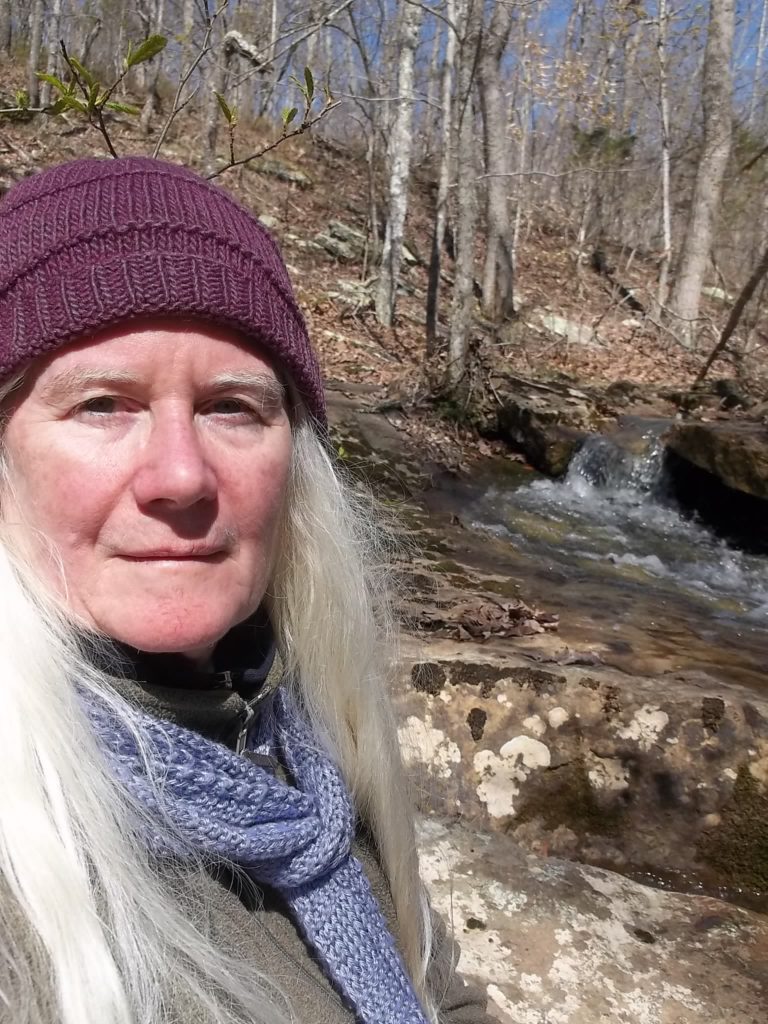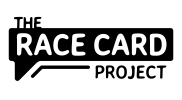Ana Grace Schactman,
Webster University,
St. Louis, MO
In the late 1990’s, Webster University held a Diversity and Inclusion Conference in St. Louis.
One hundred people attended, divided into 5 groups of 20. In the safety of separate rooms, each group introduced themselves to each other, and talked about where our people were from. Most were not 100% anything: English-Irish was splashed with a touch of French-Canadian, African-American had a German grandfather, Mexican had a blend of Spanish and Mayan, Hawaiian blended with Japanese. I wondered where freckles came from, if not from some ancient blending of pigments.
Listening to the patient instruction that day, misunderstandings disappeared and we found ourselves connected.
Late in the afternoon we went outside to the parking lot. Standing in a starting line, we were asked a series of questions about our lives. The questions were very simple, and with each one, we were asked to take a step forward or back or to remain in place. Starting from a place of equality, we ended up scattered by these conditions in our lives.
Turning around from my position 2/3 to the front, I was devastated to see a well-educated, WWII military veteran and respected community leader standing steps behind me. The difference was the color of our skin.
We left the conference with a deeper understanding of the roots of racism, and the consequences of policies and prejudices set to keep certain populations restricted.
A few months later, we were contacted about a series on Race Unity Dialogues set up to continue the discussion. Monthly meetings were held in places of worship, schools, city halls: safe places where the principles of racism were explained to new groups, and there was time to talk about our experiences. We met with police and fire departments, mayors and city government leaders and employees, religious leaders, students in public and religious schools, and citizens. These dialogues continued for three years, educating many citizens. Eventually, they were replaced with continuing dialogues farther from my home.
Around that time, our local Martin Luther King Day Celebration evolved, with a march from City Hall, through the section where most of the black residents live, to the middle school where all district students attend. Citizens, city government and religious leaders, students and choirs break bread and celebrate Dr. King’s life together. Awards are given to district students from each grade level for poignant essays written on what Dr. King’s life means to them.
More than twenty years has passed since that first conference. My life was polished during that time, and I have continued to see life more clearly. The training of the instructors of these lessons is essential to the process of unlearning racism, and the conferences must be repeated every generation, because we first need to feel safe to be able to create a just world.





